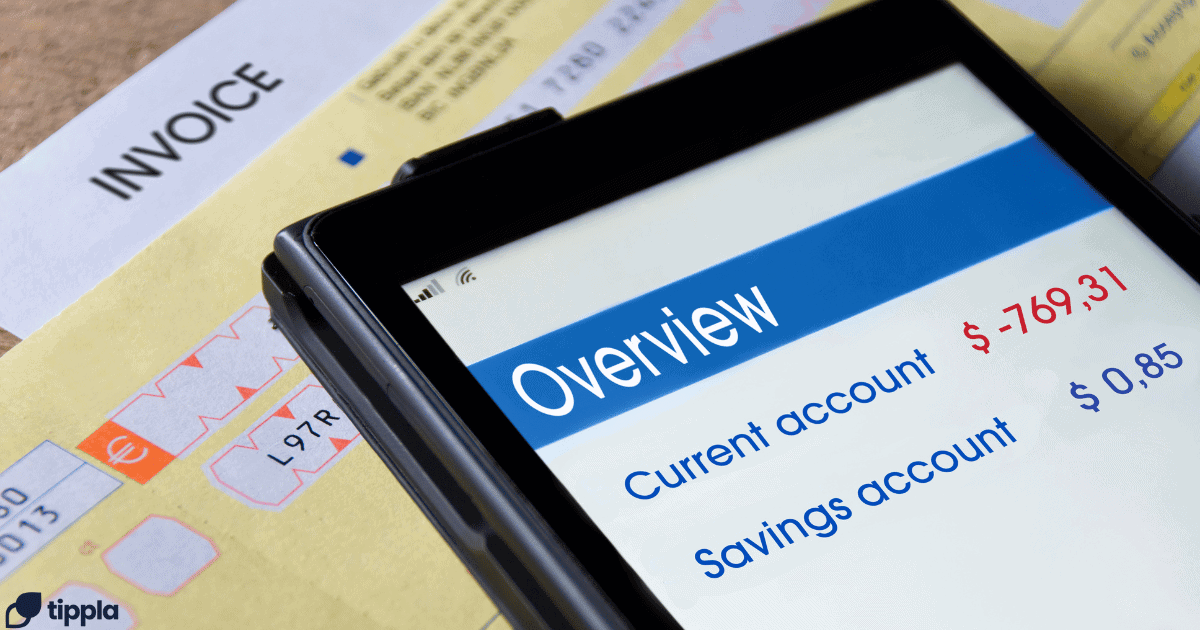Published in January 5, 2024
Loan Top-Up: Benefits and Risks

In the world of finance, the concept of a loan top-up has emerged as a potential game-changer for borrowers seeking additional financial flexibility. Understanding loan top-ups can empower borrowers to make informed decisions about managing their financial goals and commitments.
Understanding Loan Top-Up
A loan top-up allows borrowers to increase the amount of their existing loan. In other words, consumers simply obtain additional funds on top of the current loan amount.
In the context of a personal loan top-up, the process typically requires submitting a new application with the existing lender, and upon approval, signing a new credit agreement. The additional funds obtained through the top-up can be utilised for various purposes, such as covering unforeseen expenses, home improvements, or consolidating debts.
It’s important to note that the process and steps can vary depending on the specific policies and procedures established by each lender. Understanding the lender-specific processes is important for borrowers seeking additional financial resources.
Eligibility Criteria for Loan Top-Ups
Eligibility for loan top-ups in Australia often depends on factors like maintaining a good repayment track record and having available equity to cover increased repayments.
According to Finder, key considerations include:
- Existing Loan with Sufficient Payments: Borrowers should have an ongoing loan with a history of regular and sufficient payments.
- Creditworthiness: Applicants are assessed based on their creditworthiness, emphasising a positive financial track record.
- Documentation: The process may involve minimal documentation since the borrower already holds an existing relationship with the lender.
They highlight the significance of a positive financial history, existing loan relationships, and responsible repayment behaviour in determining eligibility for loan top-ups. Applicants are encouraged to maintain a good credit score (at least 540) and fulfil specific lender requirements for a successful application.
Benefits of Loan Top-Ups
- Increased Borrowing Capacity: A loan top-up can help borrowers get extra funds. This can be particularly helpful if your existing loan has a good repayment history, potentially unlocking higher borrowing limits.
- Flexibility in Spending: Unlike some targeted loans, top-ups often offer flexibility in how you use the funds. Whether it’s a new appliance, a medical bill, or that long-awaited holiday, this can be a welcome escape from the restrictions of specific loan types.
- Potentially Lower Interest Rates: Compared to other unsecured loans like credit cards, top-ups often boast lower interest rates. This is because they leverage your existing loan’s terms and credit history, potentially saving you money in the long run.
- Simplified Application Process: Applying for a top-up is typically easy, especially with your existing lender. The process is often streamlined, with minimal paperwork and quicker approval times compared to a fresh loan application.
- Debt Consolidation: If you’re juggling multiple debts, a top-up can help consolidate them into one manageable loan. With a top-up, borrowers receive a lump sum amount that can be used to settle various outstanding debts, such as credit cards, personal loans, or other liabilities. This simplifies your finances, potentially lowering your overall interest rate and streamlining your repayments.
Risks Associated with Loan Top-Ups
- Increased Overall Debt: When a borrower opts for a loan top-up, they are essentially borrowing additional funds on top of their existing loan amount. This results in an increase in the total borrowed amount. Borrowers need to be cautious about accumulating additional financial obligations, as it can impact their long-term financial health.
- Longer Repayment Period: A risk associated with loan top-ups is the potential for a longer repayment period. While this may reduce monthly payment amounts, it could result in higher total interest paid over the life of the loan, necessitating careful consideration.
- Potential for Higher Costs Over Time: The longer your loan term is, the higher the cost you pay. It’s crucial to assess the costs associated with the additional funds and consider the impact on the overall cost of borrowing.
- Risk of Financial Overcommitment: There’s a risk of financial overcommitment when opting for a loan top-up. Borrowers should evaluate their financial capacity to ensure they can comfortably manage the increased debt without compromising their financial stability.
- Impact on Credit Score: Topping up a loan may affect the borrower’s credit score. Managing increased debt levels and meeting repayment obligations is essential to prevent any adverse effects on creditworthiness.
Loan Top-Up vs. New Loan
Loan Top-Up
- Opting for a loan top-up provides the advantage of maintaining an existing relationship with your current lender, which can be convenient in terms of familiarity and communication.
- Lenders may be more inclined to approve a loan top-up for borrowers with a proven repayment history and an established relationship, increasing the likelihood of a successful application.
- It’s essential to be aware that loan top-ups might come with associated application fees. Borrowers should consider these costs as part of the overall financial impact.
- Some lenders may impose restrictions on the amount or conditions for loan top-ups. Understanding these limitations is crucial when evaluating this option.
New Loan
- Seeking a new personal loan allows borrowers to explore different lenders and potentially secure more favourable terms, including a lower interest rate, which can lead to reduced overall payments.
- Some lenders may have policies that require borrowers to settle any existing loans with them before approving a new loan, which could be due to risk management or to ensure the borrower’s ability to repay the new loan. This could result in incurring early repayment fees.
Helpful Tip 📢 If top-ups are no longer an option, did you know that Tippla also provides personalised loan offers? With this feature, you are already pre-approved for a loan that fits your current credit score. Sign up to Tippla today to access this offer for free!
Considerations for Choosing the Best Option
- Purpose of the funds: Top-ups are often ideal for home improvement or debt consolidation, while new loans may be better for larger expenses.
- Financial situation: Assess your credit score, debt-to-income ratio, and ability to manage repayments.
- Current loan terms: Consider the interest rate, features, and potential penalties of your existing loan.
- Fees and costs: Compare the fees associated with each option.
- Timeframe: Top-ups are often quicker to process than refinancing.
- Expert advice: Consult a financial advisor for personalised guidance.
How to Apply for a Loan Top-Up in Australia
To apply for a loan top-up in Australia, follow these general steps:
- Check Eligibility: Ensure you meet the eligibility criteria set by your lender. Generally, the requirements for topping up a loan are similar to those for obtaining a new loan. However, these are typically assessed on an individual basis for existing customers, resulting in a more lenient evaluation.
- Contact Lender: Reach out to your lender to express your interest in a loan top-up.
- Provide Information: Furnish details about the purpose of the top-up, the current financial situation, and any changes in circumstances.
- Assessment: The lender will assess your application, considering factors like credit history and ability to repay.
- Approval: Upon approval, the lender will provide terms and conditions for the top-up.
Make sure to check with your specific lender for their specific application process and documentation requirements.
Conclusion
Borrowers must carefully navigate the potential drawbacks of increased debt, longer repayment periods, and potential impacts on creditworthiness when it comes to loan top-ups
By meticulously weighing needs, financial situations, and available options, individuals can leverage loan top-ups effectively to achieve their financial goals without compromising their long-term financial health. Ultimately, responsible borrowing and informed decision-making are key to unlocking the true potential of this financial instrument.
While we at Tippla will always do our best to provide you with the information you need to financially thrive, it’s important to note that we’re not debt counsellors, nor do we provide financial advice. Be sure to speak to your financial services professional before making any decisions.
Related articles

Bankruptcy: A Financial Recovery Guide
06/04/2024
For many Australians, the weight of unmanageable debt can...

Process of Personal Loans: How they work
28/07/2021
The process of personal loans and how they work...

Understanding and Managing Overdraft Protection
21/05/2024
What is Overdraft Protection? In banking, an overdraft occurs...

How to be eligible for large personal loans
28/07/2021
If you plan on consolidating your debts, buying your...
Subscribe to our newsletter
Stay up to date with Tippla's financial blog